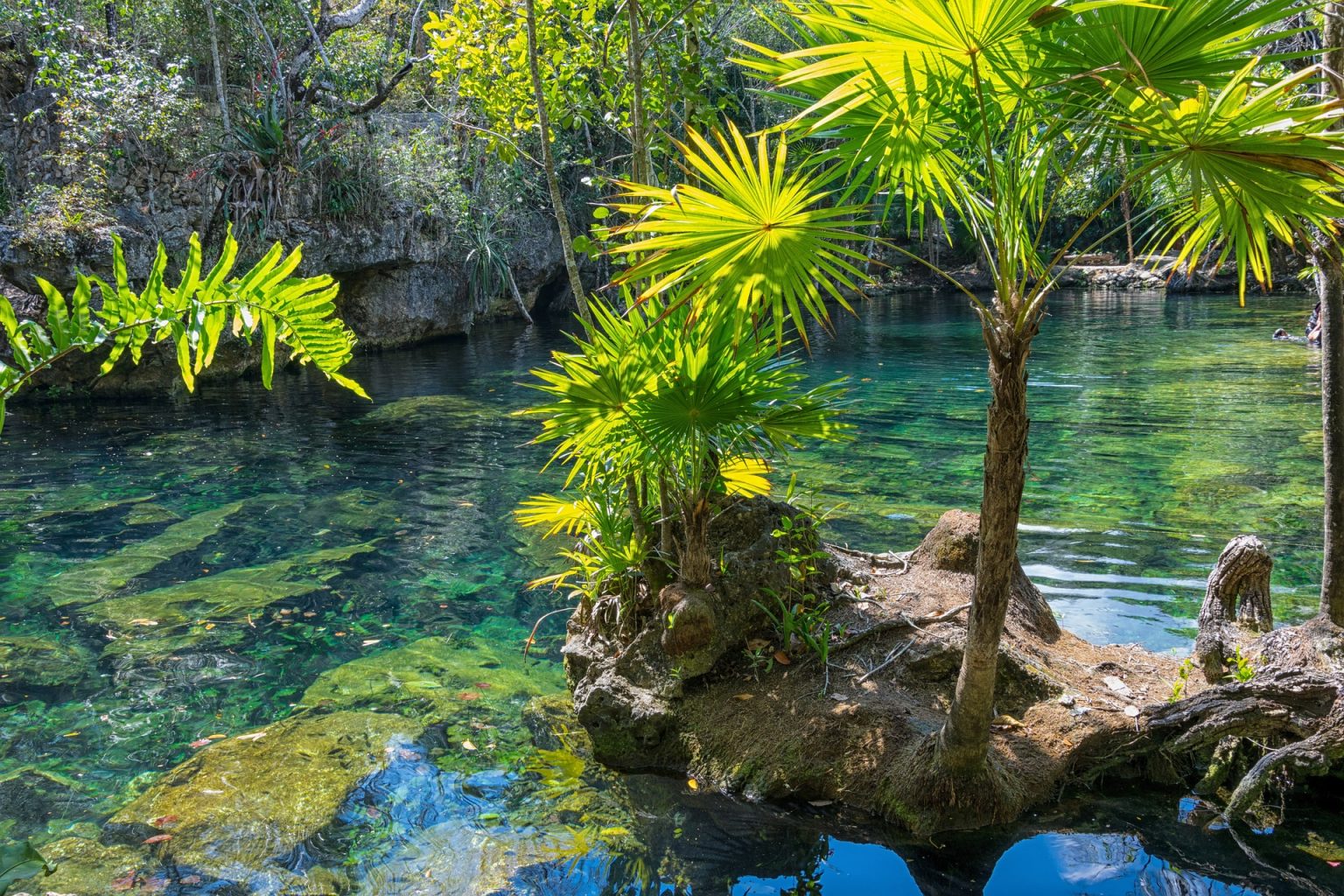Freelance architect Kulvir Singh Virk travels the world with his work. He enjoys exploring locations with exceptional architecture, with some of his favourite locations including India’s Golden Triangle, Hanoi, St Petersburg, Marrakech, Athens, Florence, Budapest and the Yucatan Peninsula in Mexico.
This article will take a closer look at the Yucatán Peninsula and its top attractions, from its azure Caribbean waters to its ancient Maya ruins.
Comprising the three separate Mexican states of Quintana Roo, Yucatán and Campeche, as well as parts of Guatemala and Belize, the Yucatán Peninsula has earned a global reputation for its biodiversity both above and below the waterline. On land, visitors can observe its monkeys and crocodiles, lend a hand in liberating new-born sea turtles and spot hundreds of different bird species in the region’s jungles and mangroves. Meanwhile, the Yucatán shoreline boasts some of the world’s best snorkelling and diving spots, its colourful underwater scenery teeming with marine life. At Paradise Reef off Cozumel, divers share the ocean with a plethora of marine life, including stingrays, snappers, queen angelfish, spotted moray eels, scorpion fish and nurse sharks.
Home to an underground reservoir known as a cenote, the Yucatán boasts spectacular scenery, natural wonders and historical architecture. Architectural highlights include the Cathedral de Merida, which is located at Plaza Grande, a distinct square in the heart the Yucatán capital, Merida. One of the region’s oldest and most renowned places of worship, Cathedral de Merida was constructed on the site of ancient Maya ruins, making history as the first cathedral to be completed on the whole of the American mainland. The façade of this iconic building incorporates intricate designs that represent the Spanish royal coat of arms.
Situated 14 kilometres from Merida, Dzibilchaltun is an ancient Maya ruin. In English, the name means ‘place of stone inscriptions’, although sadly these writings are barely visible today following thousands of years of erosion. Somewhere in the region of 8,400 architectural structures had been excavated at the site, which are believed to have astronomical significance. Notable features of Dzibilchaltun include its colonial church and Temple of the Seven Dolls, both structures composed of stone rubble and coated with white limestone. Wooden vases and carved bones have also been discovered locally. Once a thriving, extremely affluent city, Dzibilchaltun was a magnet for architects and artisans in ancient times, serving as a cultural hub were visitors could deepen their knowledge of Yucatán art and architecture.

